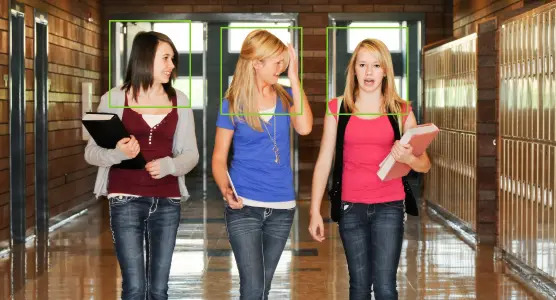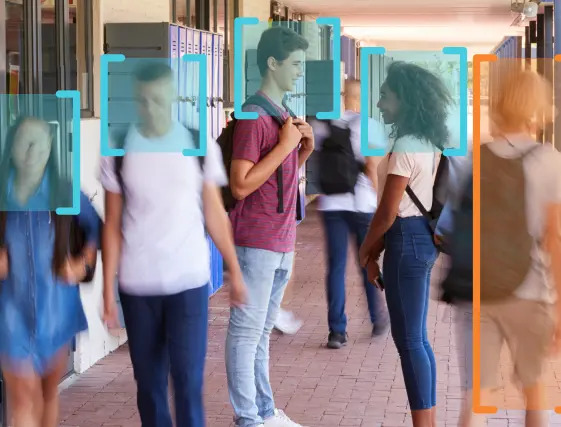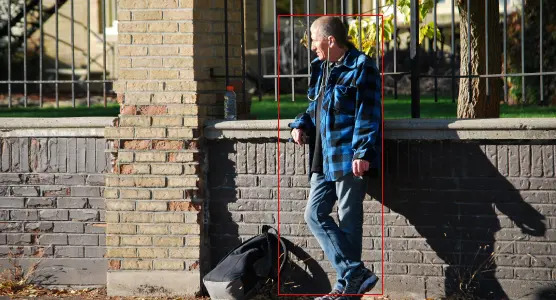How AI Video Analytics Can Improve School Security

Ensuring the safety and security of students and staff within educational institutions is paramount. With the rise of technological advancements, AI video analytics emerges as a powerful tool to bolster school security measures. By leveraging AI capabilities, schools can detect and respond to potential threats in real-time, thereby creating a safer learning environment.
Facial Recognition and Access Control:

Implementing facial recognition technology integrated with AI video analytics allows schools to strengthen access control measures. Authorized personnel can be easily identified, while any unrecognized individuals can trigger alerts for further investigation. This capability enhances security by restricting access to sensitive areas and preventing unauthorized entry, thus reducing the risk of intrusions or external threats.
Behavioral Analysis and Threat Assessment:
AI video analytics can analyze human behavior patterns and identify potential threats based on specific indicators such as aggression, weapons detection, or erratic movements. By profiling behaviors in real-time, these systems can assess the level of threat posed by individuals and prioritize responses accordingly. This proactive approach enables security teams to intervene before situations escalate, minimizing the risk of violence or harm within the school premises.
Crowd Monitoring and Management:

Large gatherings such as assemblies, sporting events, or parent-teacher meetings pose unique security challenges for schools. AI video analytics software can analyze crowd dynamics in real-time, detecting overcrowding, potential stampedes, or suspicious behaviors within the crowd. By providing insights to security personnel, these systems facilitate effective crowd management strategies, ensuring the safety of attendees and preventing chaotic situations.
Enhanced Emergency Response:
During critical incidents such as lockdowns, AI video analytics can play a crucial role in enhancing emergency response efforts. By providing real-time situational awareness to law enforcement and emergency responders, these systems enable rapid decision-making and coordinated actions. Integration with existing security infrastructure allows for automated responses such as locking doors, activating alarms, or initiating emergency communication protocols, thereby reducing response times and improving overall effectiveness.
Real-time Threat Detection:

AI-powered video analytics systems can continuously monitor school premises for any suspicious activities or behaviors. Through advanced algorithms, these systems can detect anomalies such as unauthorized individuals entering restricted areas, loitering in unusual locations, or engaging in aggressive behavior. By providing real-time alerts to security personnel, AI enables swift intervention and proactive measures to prevent potential incidents.
Data-driven Security Insights:
AI video surveillance software generates valuable data insights that can be utilized to improve long-term security planning and decision-making. By analyzing historical data trends, schools can identify security vulnerabilities, assess risk factors, and implement proactive measures to address potential threats. Additionally, continuous monitoring and analysis enable schools to adapt security strategies based on evolving threats and changing circumstances, ensuring ongoing protection against emerging risks.
Conclusion:
Incorporating AI video analytics into school security systems offers numerous benefits in mitigating risks and enhancing safety measures. By leveraging advanced technologies such as real-time threat detection, facial recognition, behavioral analysis, and data-driven insights, educational institutions can create a secure environment conducive to learning and growth. However, it is essential to balance security measures with privacy considerations and ethical concerns, ensuring responsible deployment and use of AI technologies. Ultimately, by embracing innovation and leveraging AI capabilities, schools can effectively safeguard their communities and promote a culture of safety and wellbeing.





